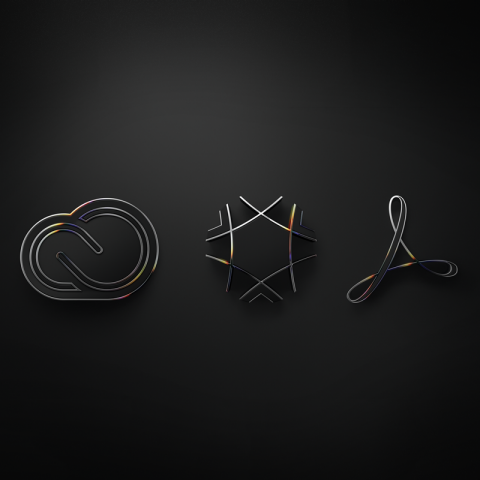As I still use Adobe CS6 because I refuse the pay monthly to use model, the NEF files from the later cameras cannot be read. I choose which photos I want to work with and convert the DNG, saving the original NEF. I gave on occasion processed the same photo using the Nikon software but find little if any difference just more clunky to use.
I agree with the principal of not paying subscriptions, call me stubborn or the one laying in front of the bull dozer saving 1000 year old trees in rain Forrest.
I also have CS6, that's where i stopped with no regrets LOL.
For me converting to DNG makes sense, and yes the Nikon software is very handy, i also have Capture one and On one which i hardly use any of them.
The only thing i ever really use personally is Raw editor mostly for JPEGs, a little of CS6 and NIK, again be it i predominately shoot JPEG Fine.
For serious moments where RAW NEF capture is used, i often select RAW+JPEG FINE in camera, later i screen just the JPEGS, choose the money shots quickly, select the equivalent image in RAW and outsource editing and printing.
I put the files on a USB stick and deliver it to the editor then printer who then scans the image, prints on archival Hammermill 300 gsm rag paper, or foil material depending on the need, i don't use Canon or Epsom papers.
I don't need capitalization for printers, concern over colour management, their consumables, or headaches with different software all the time, i don't need editing software, updating computers, learning or updating skill sets.
I always have headache free access to the latest greatest cutting edge technology, materials, and skill sets available at a fraction of the cost of doing it all myself, also i am not capable of doing so to the level required or available.
If i add up my outlay in time and money doing things myself its much much cheaper to outsource, editing and printing even for small needs.
I do involve myself approving final proofs, for colours, removals, impact, viewer connection, creativeness.
Very Often even JPEG fine is more than good enough for editing and printing, the FILES from Nikon camera tools these days are that good, especially the D850, Z7II, Z9 and in that order.
There is no right or wrong, as long as you happy.
Only an Opinion


